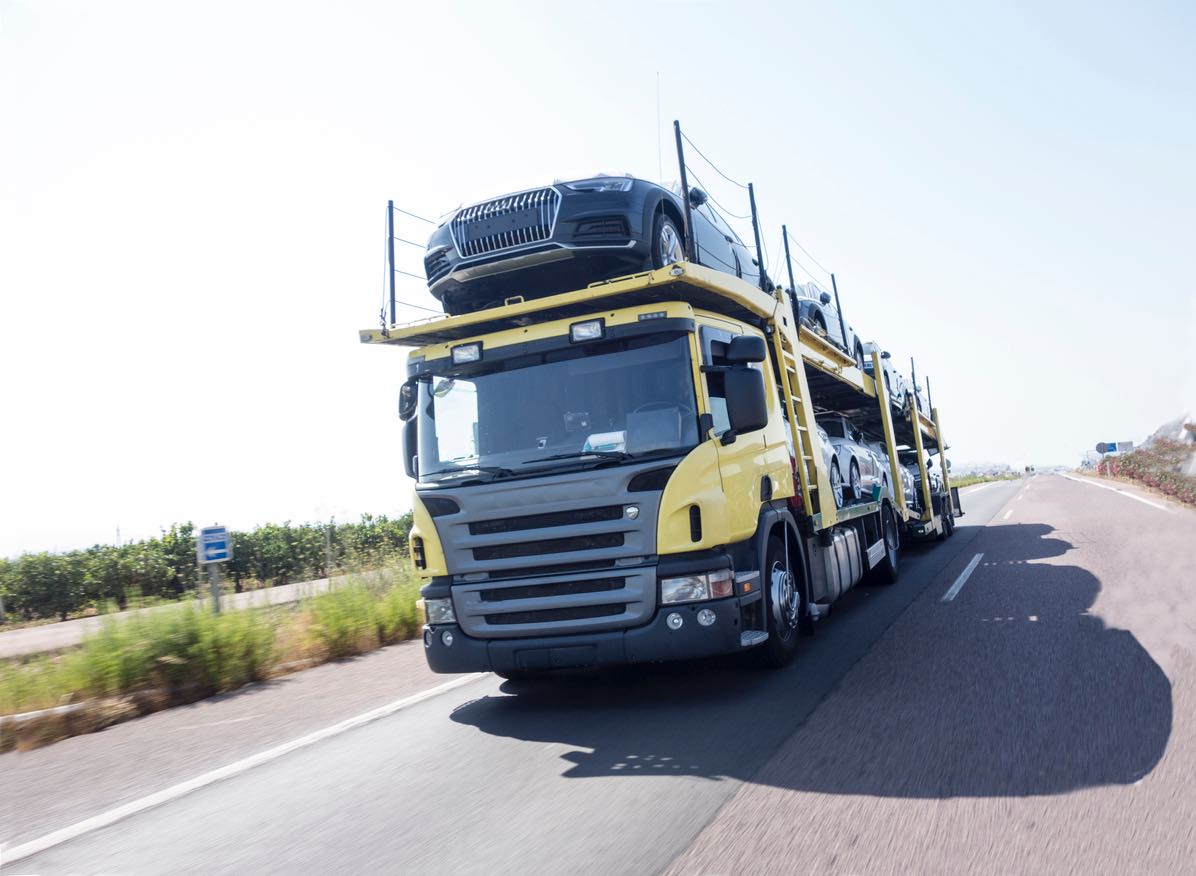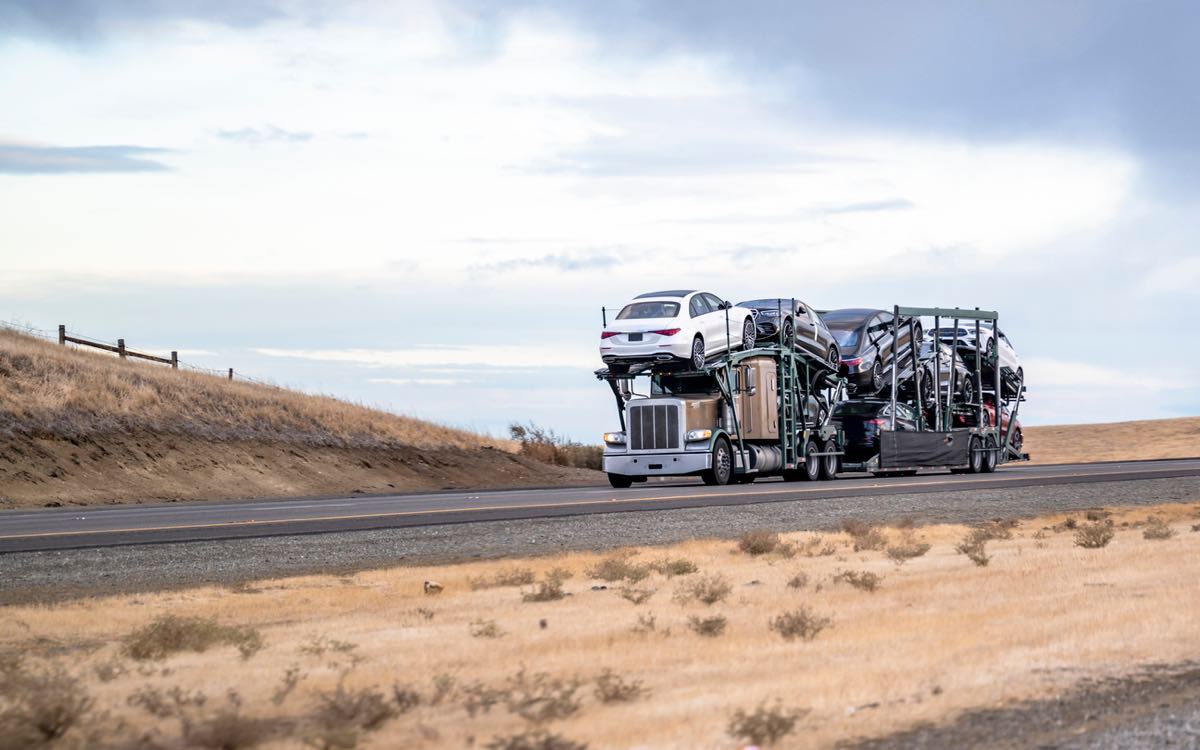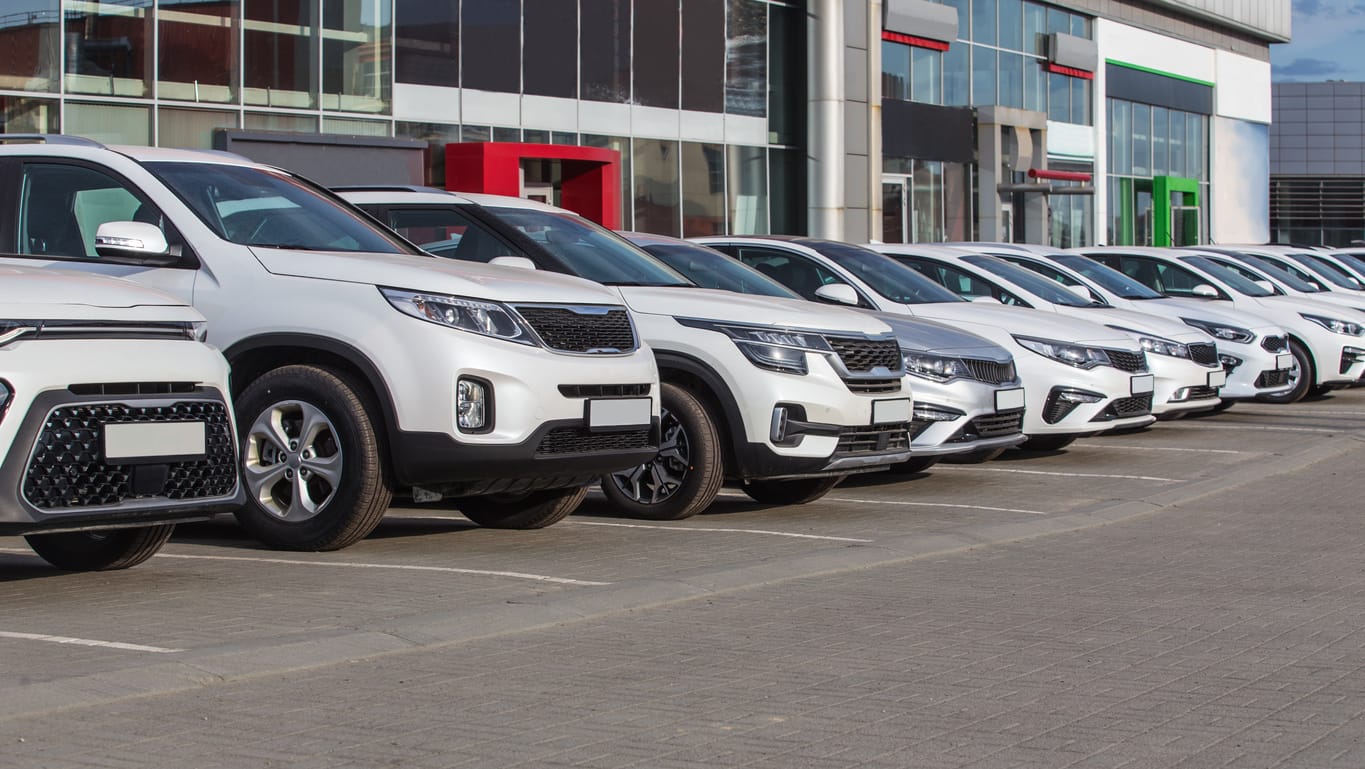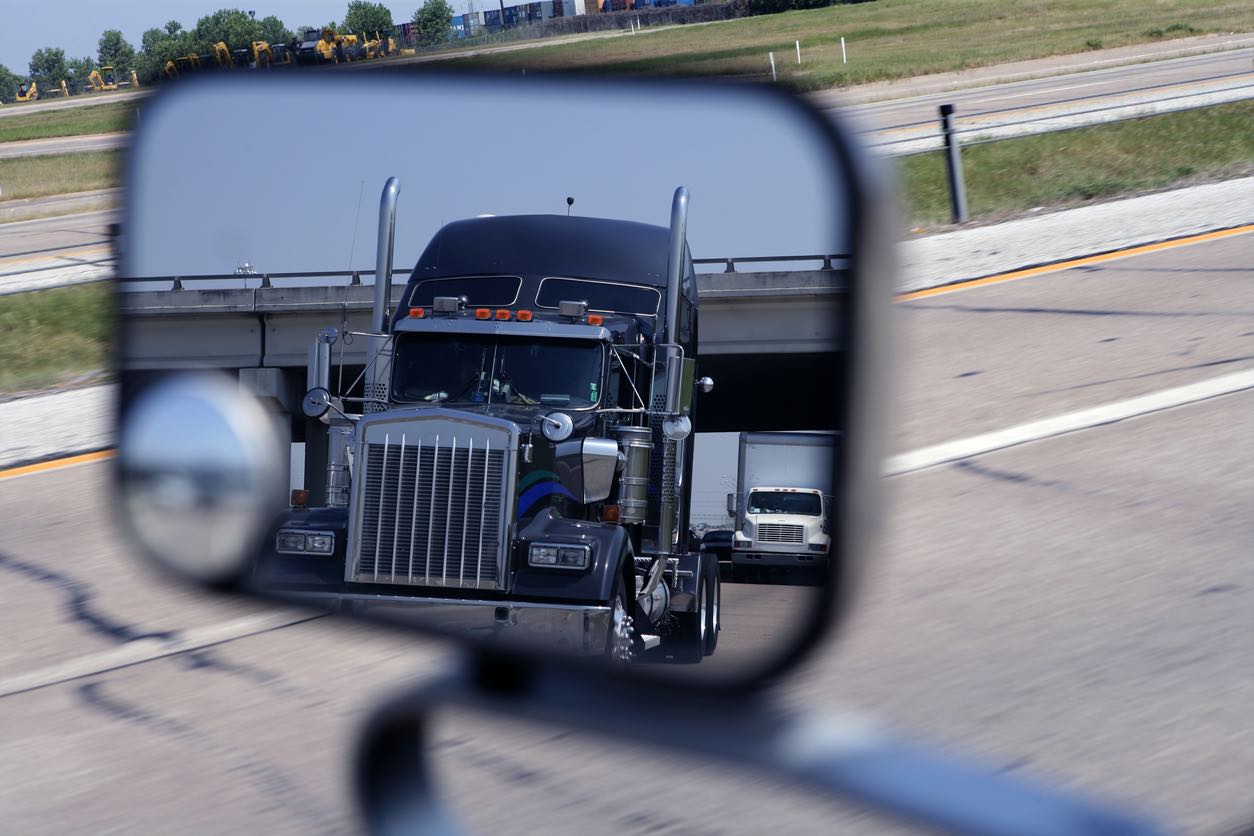The US trucking industry powers the nation’s logistics and supply chain, moving goods across long distances. Despite its importance, the industry is affected by global economic changes. In recent years, it has begun to replicate some of the maritime equivalents’ issues, including shipper-carrier relations and market consolidation. The complex backdrop of variable demand affects freight prices, operational stability, and strategic decisions for organizations. Understanding these developments is essential for stakeholders navigating domestic trucking’s shifting terrain.
The trucking industry’s change affects carriers, shippers, the economy, and supply chain. A larger movement in industry business practices toward transactional connections between shippers and their transportation partners may affect long-term partnerships and service quality. Meanwhile, consolidation may reduce market competition, decreasing shipper pricing and availability. This blog article examines these developments while examining the domestic trucking business, its future, and what they represent for stakeholders. We aim to provide a complete picture of US domestic trucking’s difficulties and prospects by examining these patterns.

Numerous operational, strategic, and economic elements shape the dynamic landscape of domestic trucking in the United States. This section explores in more detail the two main factors that have shaped the current situation: the operational issues, especially the ongoing problem of driver shortages, and the economic implications, with a particular emphasis on rate variations.
Economic Impacts and Rate Fluctuations
Despite its focus on the local market, the US trucking industry is unable to isolate itself from the larger economic climate. The economy has been in flux over the last few years, and trucking rates have reflected these shifts. At first, rates experienced moderation, which was explained by a decreased demand following the COVID-19 pandemic. This reduction was a mixed blessing since while it temporarily reduced transportation costs for shippers, it also indicated a decrease in economic activity.
Industry leaders, however, remain vigilant. Everyone agrees that this moderate position is unstable and might quickly change if the economy changes. A dramatic rise in consumer demand and consequent increase in transportation rates might be sparked by an economic recovery and a spike in consumer confidence. Due to this potential volatility, trucking businesses must take a measured strategy in order to successfully negotiate the unpredictable waters of rate swings.
The effect of these economic conditions on the transactional relationships between carriers and shippers has been a noteworthy trend. Rate moderation has prompted shippers to adopt a more transactional strategy in an attempt to take advantage of reduced costs, often at the expense of enduring relationships with carriers. This change presents possibilities as well as problems for the industry’s strategic adaptations.
Operational Challenges and Driver Shortages
The trucking industry has a wide range of operational difficulties, foremost among them being a scarcity of drivers. Although this problem is not new, it has been made worse by changes in the economy and the fallout from the worldwide pandemic. Reduced demand has eased the pressure on driver resources in the short term, but it hasn’t fixed the fundamental problem. The industry is still quite concerned about the driver shortage, which is impeding its capacity to satisfy present and future demand.
Numerous factors contribute to this shortfall, such as the aging workforce, regulatory obstacles, and the hard nature of the work, which has historically made it difficult to draw in new hires. Furthermore, the pandemic added to the operational challenges by posing health risks and necessitating the implementation of stronger safety protocols.
Trucking companies have responded to these problems by using a range of initiatives designed to keep their present personnel and recruit new drivers. These include raising wages, providing more flexible work arrangements, and making technological investments to make the work less demanding and more appealing to a wider range of workers. Moreover, fostering a work atmosphere that is more welcoming and prioritizes diversity and employee wellbeing is becoming increasingly important.
The trucking industry must do a careful balancing act going ahead as it navigates these operational and economic problems. Businesses need to stay flexible, adjusting their plans to the changing dynamics of the market and making investments in their employees and operational effectiveness. The objective is to grow stronger and more robust so that you can face the challenges of the future, not merely to get through the uncertain times we’re in.
Domestic trucking is in fact a complicated industry with many ups and downs. Nevertheless, opportunities for creativity, tactical alliances, and game-changing strategies that can guarantee the industry’s long-term viability and expansion can be found amid this complexity.

One of the most significant components of the American economy, the trucking industry, is changing dramatically. These changes are a sign of more significant adjustments to the industry’s strategic orientation and organizational structure than merely responses to the state of the market. The shift from long-term partnerships to more transactional connections and the increase in consolidation operations are two key themes that we explore below.
Transactional Relationships vs. Long-term Partnerships
The foundation of the trucking industry has always been long-term relationships between carriers and shippers. Mutual trust, dependable delivery schedules, and constant service quality served as the foundation for these partnerships. Nonetheless, there has been a noticeable shift toward more transactional interactions, which is consistent with developments seen in the global shipping industries. Several causes are driving this transition:
- Market Volatility: Shippers are looking for greater flexibility in their logistical arrangements due to unpredictable economic times and varying demand. Transactional engagements have become increasingly popular as a result, enabling more competitive pricing and flexibility in reaction to changes in the market.
- Technological Advancements: Shippers may now identify and reserve on-demand transportation services more easily thanks to digital platforms and freight brokerage applications. This ease of use encourages a more transactional strategy, frequently at the expense of long-term relationships.
- Operational Efficiency: Both shippers and carriers are looking toward more transactional models that enable dynamic pricing and capacity utilization in an effort to save costs and boost profitability.
The ramifications of this change are significant. On the one hand, it gives the logistics network more adaptability and efficiency. Conversely, it calls into question the consistency and foreseeability that have traditionally been offered by long-term relationships. This trend may result in a more divided and competitive market where convenience and price take precedence above customer loyalty and service quality.
Consolidation and Its Consequences
In tandem with the shift towards transactional processes, there is a notable consolidation in the transportation industry. Increased carrier merger and acquisition (M&A) activity is what defines this movement and is changing the face of domestic transportation. Important forces behind consolidation are as follows:
- Scale and Efficiency: By acquiring smaller rivals, larger businesses hope to gain operational efficiency and economies of scale. Lower operational expenses and more competitive service offerings may result from this combination.
- Market Share: Gaining market share and extending geographic reach in a highly competitive industry may be achieved quickly by purchasing rivals.
- Regulatory Compliance: The trucking industry is subject to strict rules, which are frequently simpler for larger organizations with greater resources to comply with. Thus, consolidation may be a tactic to reduce the expenses and complexity associated with compliance.
This tendency has a wide range of effects. Consolidation raises worries about less competition, possible fee rises, and the marginalization of smaller businesses, even while it can result in stronger, more robust carriers that are able to provide complete services. One important area to keep an eye on is the long-term effects on pricing and service quality. Industry leaders point out that although consolidation may make things run more smoothly, it also needs to be managed carefully to preserve service standards and keep the market competitive and diversified.
These patterns point to a period of substantial change in the transportation sector. Adaptability and strategic vision will be essential for businesses to succeed in the new terrain that emerges as they manage these changes.

The domestic trucking business in the United States faces a landscape that is characterized by both widely recognized obstacles and new potential as we go deeper into the decade. The future direction of trucking rates and services continues to be a topic of major interest to stakeholders throughout the supply chain, from shippers to carriers, and even consumers. This deeper investigation of the future is driven by economic statistics, market forecasts, and the creative ways businesses are navigating these unpredictable times.
Market Predictions and Economic Indicators
A number of interrelated issues are expected to impact trucking pricing and services in the future and will likely push the industry in new ways. The erratic dance of supply and demand, which is greatly impacted by consumer behavior and larger economic trends, is at the core of these dynamics.
- Consumer Behavior: The post-pandemic environment has changed customer expectations and buying habits, leading to a rise in e-commerce and a greater need for delivery systems that are quicker and more dependable. The trucking sector is under more pressure to adjust as a result of these changes, which will have an impact on both pricing and service options.
- Economic Indicators: Important economic indicators that provide light on the state of the economy and, consequently, the demand for trucking services include GDP growth rates, unemployment rates, and industrial output. Forecasts for the future point to cautious optimism that is offset by worries about international trade tensions, fuel costs, and inflation.
- Industry-Specific Challenges: The trucking industry has a number of internal difficulties that have an immediate influence on prices and services, ranging from the ongoing driver scarcity to regulatory changes and environmental obligations. The adoption of technology, including autonomous trucks and advanced logistics software, offers potential solutions but also introduces new complexities.
Strategies for Stability and Growth
In response to these rapidly changing circumstances, trucking companies and shippers are not standing still. In a market that is becoming more and more competitive, they are diligently researching and putting into practice measures meant to maintain stability and promote development.
- Operational Adjustments: Efficiency is the watchword, with companies streamlining operations through route optimization, improved load management, and investments in fuel-efficient vehicles. These steps enable faster, more dependable delivery, which not only lowers costs but also improves the quality of the services.
- Strategic Partnerships: The importance of cooperative ties between shippers and carriers is increasing again, going beyond transactional exchanges to establish alliances based on shared advantages. These collaborations seek to strengthen resilience against market volatility by exchanging information and resources and coordinating strategic objectives.
- Innovation and Diversification: In the future of trucking, innovation—especially in digital technologies—will be crucial for success. Technology is allowing more intelligent, responsive processes, from blockchain for safe, transparent transactions to IoT devices for real-time tracking. In the meanwhile, businesses may expand into new market niches and lessen their need on unstable industries by diversifying their offerings through the addition of last-mile delivery or specialized freight capabilities.
In Summary
Future transportation prices and services are subject to constant change due to shifting customer behavior, shifting economic situations, and evolving business practices. The trucking sector can meet today’s problems and seize tomorrow’s prospects by being aware of these developments and embracing flexibility, creativity, and teamwork. One thing is certain as we look to the future: success in the changing domestic trucking industry will be characterized by one’s capacity for adaptation.

An essential component of the economy’s circulatory system, the trucking industry confronts several obstacles, such as a scarcity of drivers and shifting freight needs. But these difficulties also present chances for innovation and change. Through utilizing technical advancements and adjusting to evolving customer needs, the industry is not only addressing current problems but also laying the foundation for a future that is more robust and efficient.
Technological Advances and Efficiency Improvements
In a time when operational excellence is dependent on technology, the trucking industry is looking to technology as the cornerstone of efficiency. The way that things are delivered is being revolutionized by innovations like advanced logistics platforms, fleet management software, and autonomous vehicles.
- Autonomous and Connected Trucks: The logistics of trucking are expected to undergo a significant transformation with the introduction of autonomous vehicles. Such vehicles may help alleviate the driver shortage problem by depending less on human drivers. Furthermore, real-time tracking and diagnostics are made possible by connected vehicle technologies, which improve fleet management and operational safety.
- Fleet Management Software: Advanced fleet management software systems are offering previously unheard-of insights into driver behavior, fuel economy, and vehicle performance. These solutions aid in route optimization, idle time reduction, and regulatory compliance, which lowers costs and increases service dependability.
- E-Logistics and Freight Matching Platforms: Digital freight matching services minimize empty load runs and maximize cargo space efficiency by effectively matching shipments with carriers via the use of AI and machine learning algorithms. This lowers carbon emissions, which promotes sustainability in addition to increasing operating efficiency.
Adapting to Changing Consumer Demands
Agility and responsiveness are critical qualities for survival and success in a world where consumer preferences can change drastically over night. The way the transportation industry functions is undergoing a paradigm transition as a result of changing consumer expectations for sustainability, speed, and openness.
- Customized Logistics Solutions: In order to meet the demands of individual customers, businesses are now providing more specialized logistics solutions. This includes elements that improve client satisfaction and loyalty, such flexible scheduling, last-mile delivery alternatives, and real-time tracking.
- Sustainability Initiatives: Trucking companies are implementing green practices as a result of the growing emphasis on environmental responsibility. Purchasing electric trucks, planning routes for maximum fuel economy, and investigating alternate fuels are some examples of this. These strategies help organizations future-proof themselves against regulatory changes while also meeting customer demand for sustainability.
- Enhanced Data Analytics: Businesses can now more accurately predict demand, control inventory levels, and plan routes thanks to the use of big data analytics. A more responsive and adaptable supply chain that can adjust to shifts in customer behavior and market conditions is made possible by this data-driven strategy.
To Sum Up
The trucking industry’s path to innovation and flexibility is a calculated investment in the future as well as a reaction to present issues. Through embracing technology innovations and adapting to shifting consumer needs, the industry is not only getting through difficult times but also laying the groundwork for a future that is more customer-focused, efficient, and sustainable. A new age of trucking is emerging, one that is ready to meet the needs of the twenty-first century and beyond, as these creative solutions become increasingly ingrained in the fabric of the business.
At this critical point, the domestic trucking industry is caught between the known difficulties of the past and the unanticipated prospects of the future. The dynamic nature of the economy, the swift advancement of technology, and changes in the supply chain are fundamentally altering the competitive environment. The success of trucking companies in the future will be determined by their capacity to adapt quickly, use innovation, and anticipate the effects of these changes in this period of change. In fact, these businesses’ tenacity and strategic vision are more important than ever right now. The actions made now, whether they include implementing new technology, improving corporate strategies, or building more robust and flexible alliances, will determine the industry’s success in the years to come. Although the path ahead may be full of uncertainty, there is a lot of opportunity for development and rejuvenation for those who are willing to accept change.

Within the dynamic and fiercely competitive U.S. domestic trucking industry, Ship A Car, Inc. (SAC) stands out as an example of excellence and dependability. SAC stands out as a top vehicle and freight transportation firm with a nationwide network that provides unparalleled services customized to satisfy a wide range of customer demands. Their unmatched customer service, which ensures that every freight and vehicle, regardless of size or kind, is carried with the greatest levels of care and professionalism, is proof that their dedication to excellence is more than just a catchphrase. Renowned for their commitment and knowledge, SAC’s team of transport advisers works nonstop to deliver customized solutions that make every shipping experience easy and stress-free. Customers that use SAC may access a world of effective, dependable, and all-inclusive shipping services, making it the go-to partner for every transportation requirement. SAC is the go-to option for both people and companies, whether they need assistance with a complicated freight delivery or a cross-country vehicle shipping due to their commitment to quality.
Q: How has the shift towards transactional relationships affected the trucking industry?
A: Due to transactional connections, rates are under more pressure to rise, creating a more dynamic market where success depends on operational efficiency and agility.
Q: What are the implications of increased consolidation in the trucking industry?
A: A smaller number of dominant carriers may result from consolidation, which might have an impact on prices and service standards. It does, however, also present chances for simplified services and operational efficiencies.
Q: How can companies mitigate the impact of driver shortages?
A: Improved working conditions and compensation can help retain drivers. Other tactics include using technology to optimize loads and routes and investigating alternative logistics models to lessen dependency on conventional trucking.




